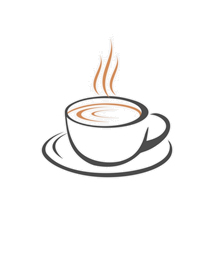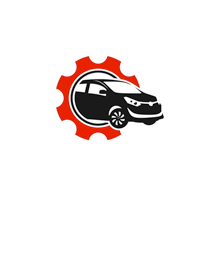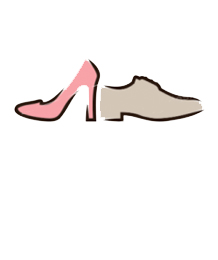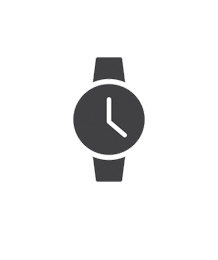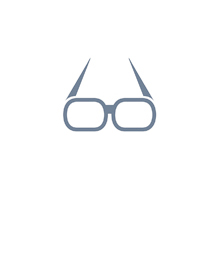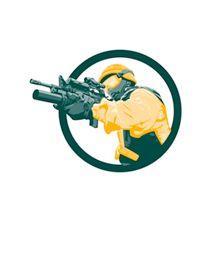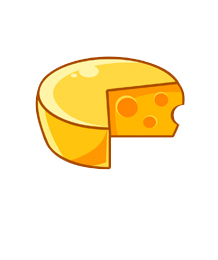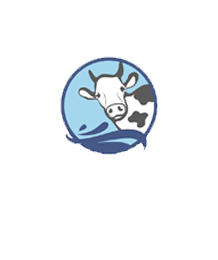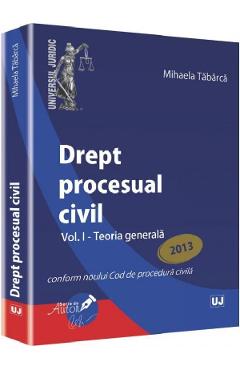The Art and Science of Sails, Hardcover
carti
This is not your parents' Art and Science of Sails, written by Tom Whidden and Michael Levitt and published in 1990 by St. Martin's Press. The first edition sold more than 20, 000 copies. The Second Revised Edition 2016 -- now in its second p...
Cod: cbb6704c-563c-43e2-8536-d21b05fca90c / 187777
Disponibilitate: In stoc
Producator: Seapoint Books
Expediere prin: Colete.ro
145.19 RON
This is not your parents' Art and Science of Sails, written by Tom Whidden and Michael Levitt and published in 1990 by St. Martin's Press. The first edition sold more than 20, 000 copies. The Second Revised Edition 2016 -- now in its second printing -- is published by North Sails Group, LLC and written by the same duo. What a difference 25 years makes Today there are one-piece sails made over a 3D mold in the shape they will assume in the wind. Sail plans have radically evolved to fractional rigs, fat-head mains, and non-overlapping jibs. That is true for racing boats as well as cruising. Thus, ninety percent of the text is new, as are almost all of the more than 100 photographs and technical illustrations. The authors focus on circulation as they did in the first edition, but now come at it from a different direction. And for the first time anywhere, they attempt to quantify its effects. Where the wind speeds up and why as it passes over a sail plan, and where it slows down and why. Circulation theory is familiar to aerodynamicists for at least 100 years and is argued about by sailors at least since 1973, when the late Arvel Gentry loosed his theories on the sailing world. Gentry was an aerodynamicist at Boeing by day and a sailor on the weekends. And the theories used to explain why airplanes fly were at odds with the theories of why sailboats sail to weather and what the slot actually does. Whidden, CEO of North Marine Group, which includes North Sails, and Levitt, who has written 14 books, utilize explanations like circulation to answer such diverse questions as: - Why fractional rigs, fat-head mains, and non-overlapping jibs have come to predominate. - Why and how leech twist can be a sail-trimmer's best friend. - Why a yacht designer positions the mast, keel, and rudder to create some weather helm. - Why the safe-leeward position is advantageous relative to the entire fleet, not just to the boat you tacked beneath and forward of. - Why a mainsail's efficiency i
Produse din Categorie
Recomandari




